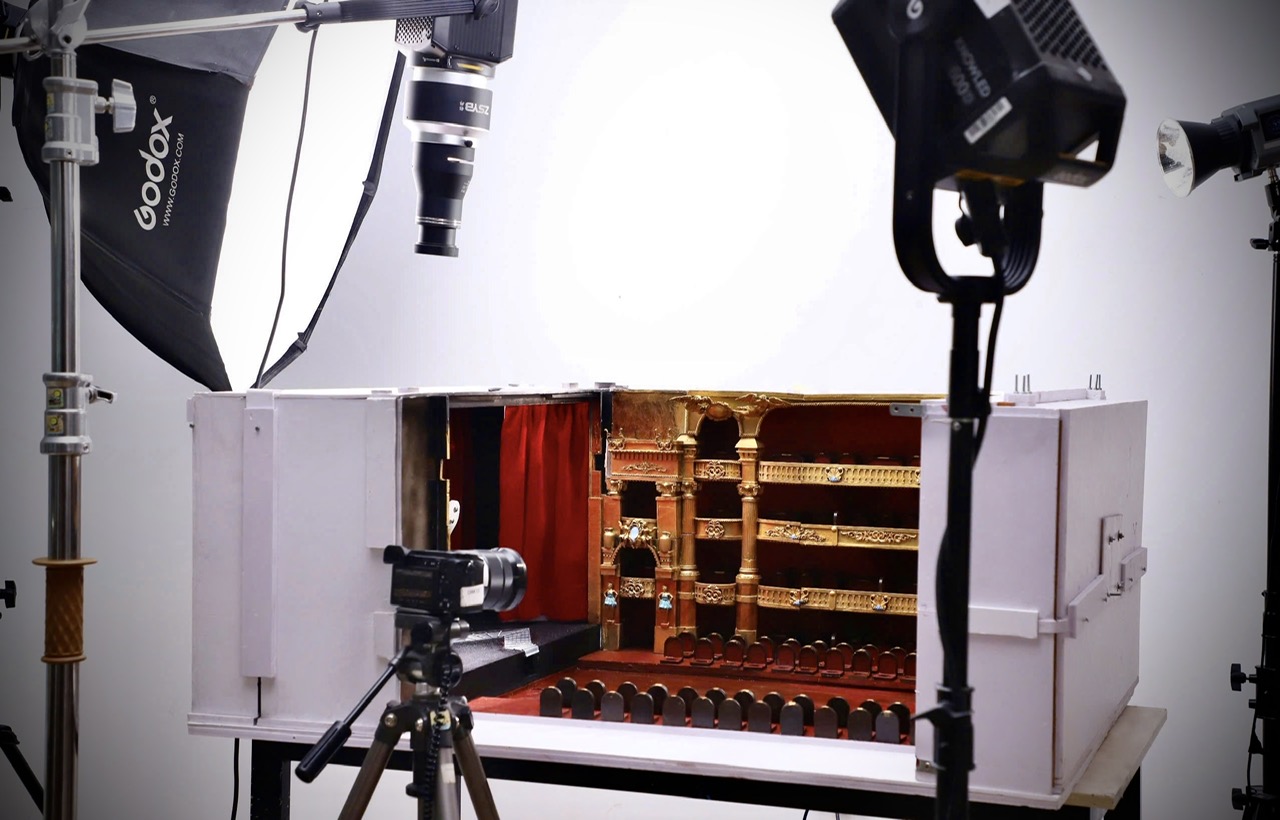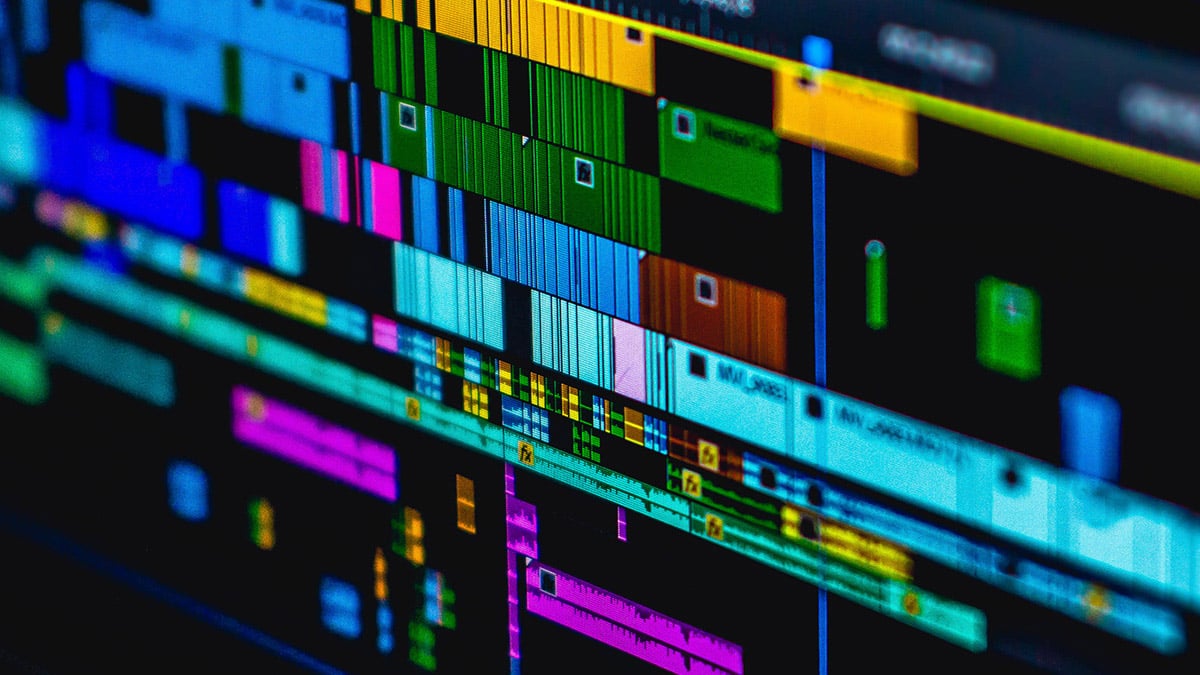PRE-PRODUCTION STAGE IN PRODUCING A STOP-MOTION ANIMATED FILM
Pre-production is the first stage of producing an animated film/video. In this phase, the film story will be fully developed, followed by character design, film concepts, and the moodboard/tone of the film will be shaped. The creation of props and puppets is also a part of this process.
Similar to the production process of feature films, the stop-motion animation production process also includes three main stages: pre-production, production, and post-production.
The Pre-production stage will consist of six main steps. These steps can be carried out sequentially or simultaneously. In many cases, the order of the steps will be adjusted to suit different projects.
Script Development
The script is known as the important foundation for the entire video/film.
The script will be developed based on the project requirements to ensure suitability. Depending on the intended use of the film, the script will have different highlight points.
This stage begins with the development of the idea and the construction of the storyline, including identifying characters, the film’s setting, and the main situations in the story.

Character Design
In the script, characters will be built in general style and appearance. The character design process requires expressing and aligning with the depth of the character’s personality and background.
For example, if a character is described as kind-hearted and benevolent, the design should evoke warmth and likability to the audience. Conversely, if a character is portrayed as cunning and devious, the design should convey a sense of danger and unease.
Artists will often create multiple sketches of different character designs to explore various forms and expressions of the character.
Character design not only focuses on appearance but also ensures that the character can interact naturally during shooting and animating.
Well-designed characters will attract the audience and contribute to the appeal of the animated film.

Concept Design and Development
Designing and developing the concept is the process of turning ideas into reality and describing the characters and world of the film in a way that matches the artistic style and direction the screenwriter and director determine for the film. The Art Director will explain what they want to show through visuals and colors, helping to tell the story visually.

Storyboard
The storyboard is a series of drawings for each scene, showing how the story goes, the actions, the characters’ feelings, and the details of each shot (camera angles, sizes, etc.). In other words, the storyboard shows the script in pictures.
In animation, the storyboard is an important step that helps creators see and plan how to film each scene in the movie.

Animatic
Creating an animatic video in stop-motion animation is an important step that bridges the storyboard and the actual filming and animation process.
An animatic is made by putting together 2D drawings to create basic movements, along with sound and music, to give an overall view and mood of the film.


Making Characters, Sets, and Props
In stop-motion animation, this is a crucial step that turns drawings on paper or computer into real objects, affecting the quality and overall look of the film.
Characters are often made from materials like clay, plastic, fabric, cotton, or silicone, allowing animators to move and create poses for them. Details like eyes, mouths, and other parts are usually designed to be changeable, helping the character show different emotions. Character design needs to be both attractive and flexible for easy animating.
Creating sets and props involves building the entire background and items around where the characters live and act. Sets and props are made from various materials like cardboard, wood, cotton, clay, fomex or foam. This step requires creativity to make the objects and scenery lively, beautiful, detailed, and fitting to the script’s needs.
Below are some photos from the process of creating/making characters, sets, and props at HFL Animations



